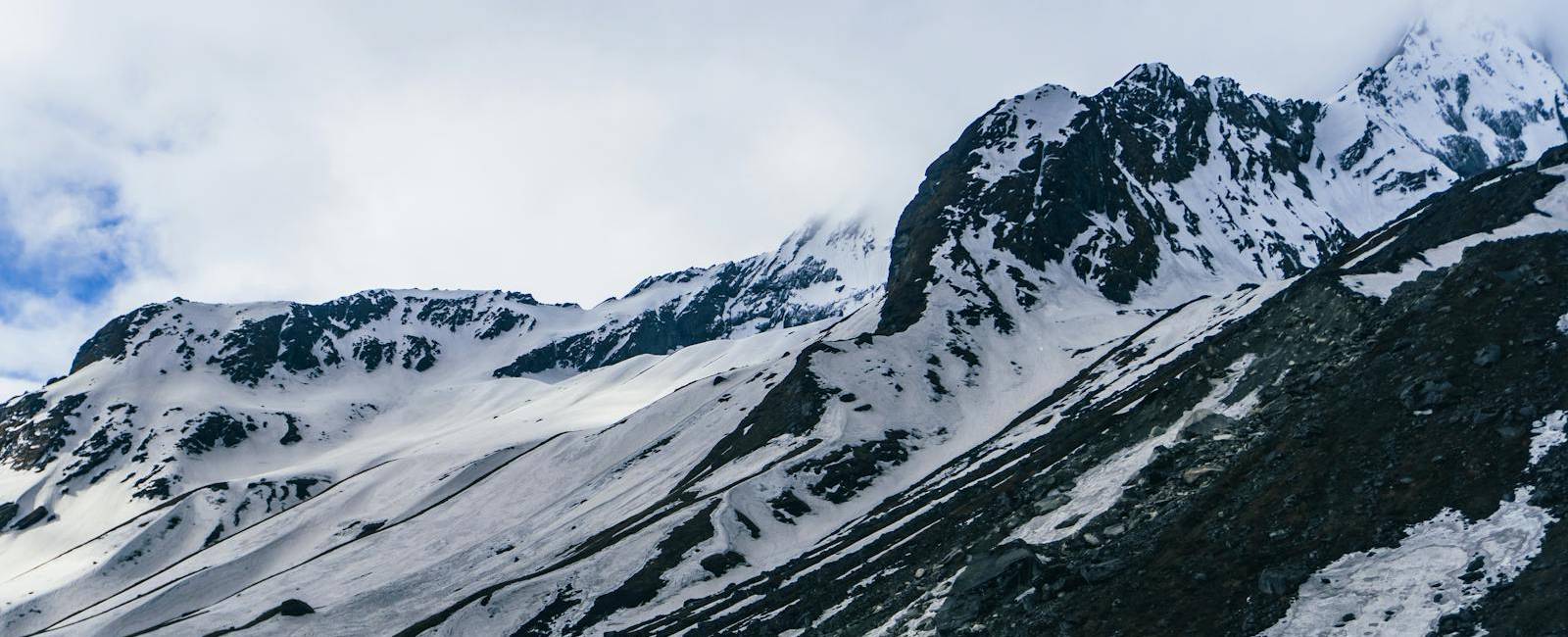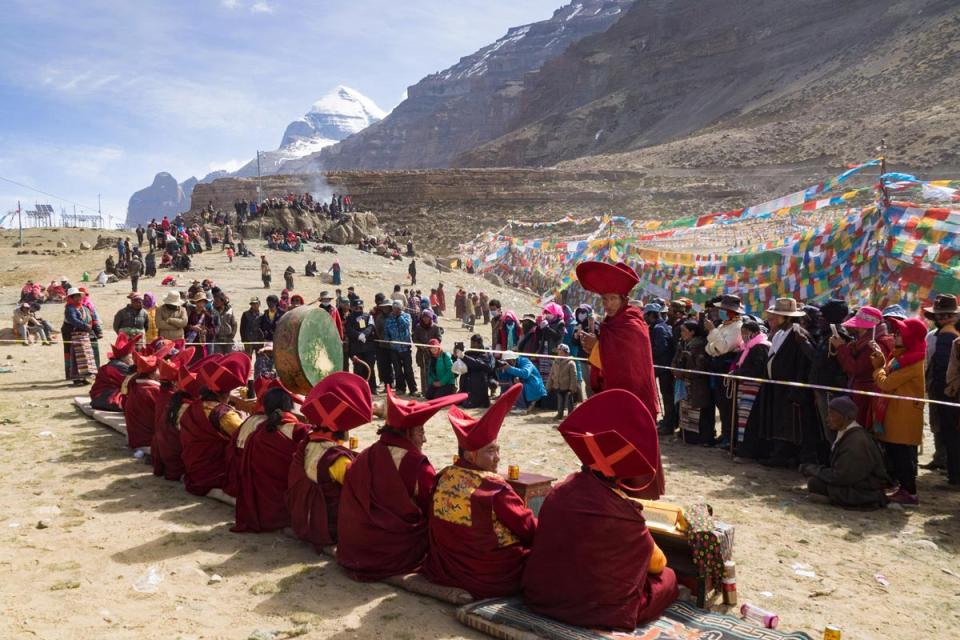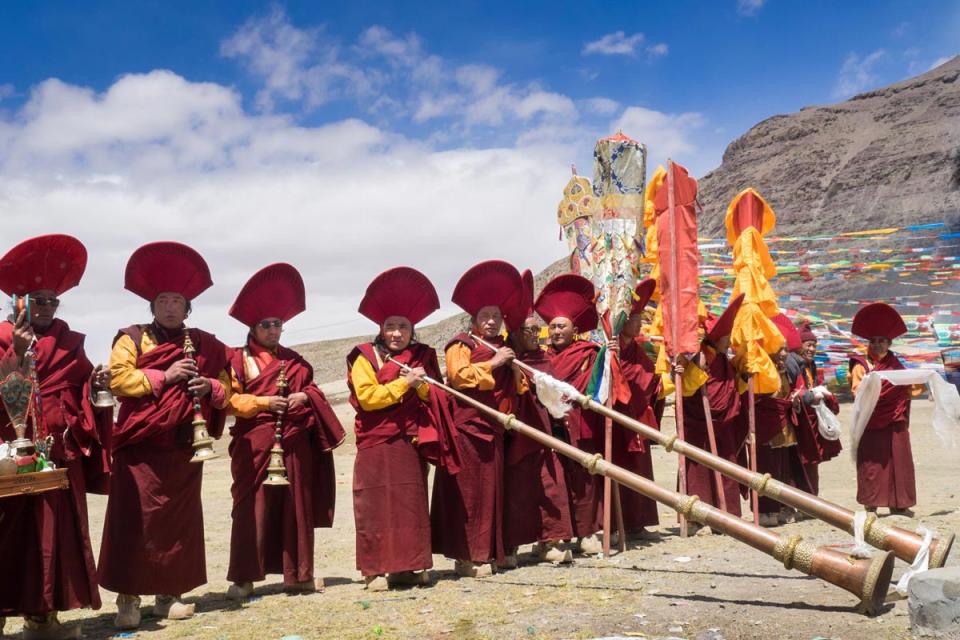Tibet, often called the “Roof of the World,” is renowned not only for its towering mountains and stunning landscapes but also for its deeply spiritual culture. Among the many religious and cultural events celebrated here, the Saga Dawa Festival stands out as the most sacred festival in Tibet. While other festivals hold importance, Saga Dawa holds a unique position in Tibetan Buddhism because it commemorates three pivotal events in the life of Lord Buddha: his birth, his enlightenment, and his parinirvana (passing away). Understanding why this festival is considered the most sacred requires delving into its historical, spiritual, and cultural significance, as well as the way it is observed by Tibetan Buddhists.
The Meaning of Saga Dawa
Saga Dawa, sometimes spelled Saka Dawa, is observed on the full moon day of the fourth month of the Tibetan lunar calendar. The festival’s name itself holds symbolic meaning. “Saga” refers to the fourth lunar month, and “Dawa” translates to “moon,” reflecting its timing on the full moon, which is considered a highly auspicious time in Buddhism.
Unlike many other festivals that celebrate a single event, Saga Dawa commemorates three key milestones in Lord Buddha’s life:
-
Birth of Buddha - Siddhartha Gautama, who later became Buddha, was born in Lumbini, Nepal.
-
Enlightenment - Buddha attained enlightenment under the Bodhi tree in Bodh Gaya, India.
-
Parinirvana - Buddha’s passing into Nirvana, marking his departure from the physical world.
This trifecta of events makes Saga Dawa exceptionally sacred. Devotees believe that performing virtuous deeds during this festival multiplies their spiritual merit exponentially, far more than at any other time of the year.
Historical and Spiritual Significance
The sacredness of Saga Dawa is deeply rooted in Tibetan Buddhist cosmology and history. According to Buddhist tradition, the life of Buddha represents the path to enlightenment and liberation from suffering, and every major milestone in his life embodies critical teachings for humanity. Tibetans regard these teachings as foundational, and the full moon of Saga Dawa symbolizes the cosmic alignment of spiritual energy.
Historically, Tibetan monasteries and communities have observed Saga Dawa for centuries, maintaining rituals, prayers, and pilgrimages that have been handed down across generations. Unlike other festivals that may focus more on cultural celebration or social gatherings, Saga Dawa is intensely spiritual, focusing on moral purification, meditation, and compassionate deeds. This focus on spirituality rather than mere celebration contributes to its recognition as the most sacred festival in Tibet.
Rituals Observed During Saga Dawa
Saga Dawa is celebrated through a variety of rituals and practices, each emphasizing different aspects of Buddhist devotion and spiritual growth:
1. Pilgrimages and Circumambulation
One of the most visible practices during Saga Dawa is the pilgrimage, particularly to sacred sites like Mount Kailash and Lake Mansarovar. Devotees circumambulate these sacred places, often covering long distances barefoot, as an act of devotion and spiritual purification. The belief is that walking these sacred paths during Saga Dawa multiplies spiritual merit exponentially, helping cleanse negative karma accumulated over lifetimes.
2. Offerings and Prayers
Lighting butter lamps is a widespread ritual during Saga Dawa. The lamps symbolize the dispelling of darkness and ignorance while spreading the light of wisdom. Devotees also offer food, incense, and prayer flags. Hanging prayer flags is particularly symbolic: the wind carries prayers and blessings to all beings, creating a spiritual network of positive energy.
3. Acts of Compassion and Charity
Charitable acts are central to the festival. Feeding the poor, donating essentials to monasteries, and supporting local communities are seen as acts of high merit. The emphasis on compassion aligns with Buddha’s teachings, reinforcing the festival’s spiritual significance.
4. Monastic Ceremonies
Monks in Tibetan monasteries perform ritual dances, chanting, and pujas (ceremonial prayers). These ceremonies are not only expressions of devotion but also serve as living lessons in Buddhist philosophy, demonstrating the integration of faith, art, and discipline.
The Spiritual Logic Behind Its Sacredness
The profound sacredness of Saga Dawa comes from its ability to connect practitioners with the essential truths of Buddhism. Unlike other festivals, which may focus on joy or cultural identity, Saga Dawa emphasizes:
-
Purification of karma through acts of virtue and merit-making.
-
Meditative reflection on impermanence and the nature of life.
-
Communal reinforcement of spiritual practice through shared rituals and ceremonies.
For Tibetan Buddhists, the full moon of Saga Dawa is an opportunity to align themselves with cosmic and spiritual energies, cultivating both personal and communal merit. This alignment is believed to have a tangible effect on spiritual progress, making the festival uniquely powerful.
Duration of the Saga Dawa Festival
While the full moon day marks the peak of the festival, Saga Dawa is typically observed throughout the entire fourth lunar month of the Tibetan calendar, approximately 30 days. During this time, devotees engage in:
-
Daily meditation and prayer
-
Pilgrimages to local and regional sacred sites
-
Acts of charity and community service
-
Participating in or observing monastic ceremonies
This month-long observance allows practitioners to immerse themselves fully in spiritual practices, reinforcing why the festival is held in the highest regard among Tibetan religious celebrations.
Saga Dawa and Pilgrimage: Mount Kailash and Lake Mansarovar
Perhaps the most significant aspect of Saga Dawa is its connection to Mount Kailash and Lake Mansarovar, considered the most sacred sites in Tibet. Pilgrims undertake the Kailash Kora, a circumambulation of the mountain, to accumulate merit, purify karma, and seek blessings.
-
Mount Kailash is believed to be the home of Lord Shiva in Hinduism and a sacred mountain in Buddhism, Bon, and Jainism. Walking around it during Saga Dawa is considered the ultimate spiritual journey.
-
Lake Mansarovar is similarly revered, with devotees bathing in its waters to cleanse sins and invite spiritual blessings.
The combination of pilgrimage, prayer, and charitable acts during Saga Dawa is what makes the festival extraordinarily sacred, connecting devotees to centuries of spiritual tradition.
Cultural Practices During Saga Dawa
Beyond religious rituals, Saga Dawa is also a cultural expression of Tibetan identity. Villages and monasteries display:
-
Colorful flags, banners, and decorations
-
Traditional Tibetan music and chants
-
Community gatherings where stories of Buddha’s life are shared
These practices ensure that Saga Dawa is not only spiritually significant but also culturally enriching, preserving Tibetan heritage and values across generations.
Why Travelers Should Understand Its Significance
For travelers, understanding the sacredness of Saga Dawa is crucial. Witnessing the festival provides:
-
Insight into Tibetan Buddhism beyond what is possible in everyday tourist experiences
-
An opportunity to observe centuries-old spiritual rituals
-
A chance to appreciate the integration of culture, faith, and community
Participating in or observing these practices respectfully allows visitors to experience the festival’s profound meaning rather than just its visual spectacle.
How to Experience Saga Dawa with Best Heritage Tour
For travelers who want to experience Saga Dawa fully and safely, Best Heritage Tour offers expertly guided packages that ensure:
-
Immersive festival experiences at Mount Kailash, Lake Mansarovar, and Lhasa
-
Comfortable accommodations with high-altitude support
-
Experienced guides who explain rituals, spiritual significance, and local customs
-
Eco-friendly and responsible tourism, preserving Tibetan culture and the environment
-
Safety and support, including all necessary permits and travel logistics
Conclusion
The Saga Dawa Festival is the most sacred festival in Tibet because it celebrates the birth, enlightenment, and parinirvana of Lord Buddha, embodying the essence of Tibetan Buddhism. From pilgrimages around Mount Kailash, lighting butter lamps, engaging in acts of charity, to participating in monastic rituals, every activity during Saga Dawa provides profound spiritual merit and a deep connection with Tibetan culture.
Don’t miss the chance to participate in one of the most sacred festivals in the world. Book your Saga Dawa Festival Tour with Best Heritage Tour today for an unforgettable spiritual journey.
Phone: +977-9851149197 / +977-9810043046
Email: info@bestheritagetour.com / bestheritagetour@gmail.com
Booking/Info: www.bestheritagetour.com
Office: Thamel Marg, Kathmandu, Nepal
Author: Best Heritage Tour
Date: 26th August, 2025



